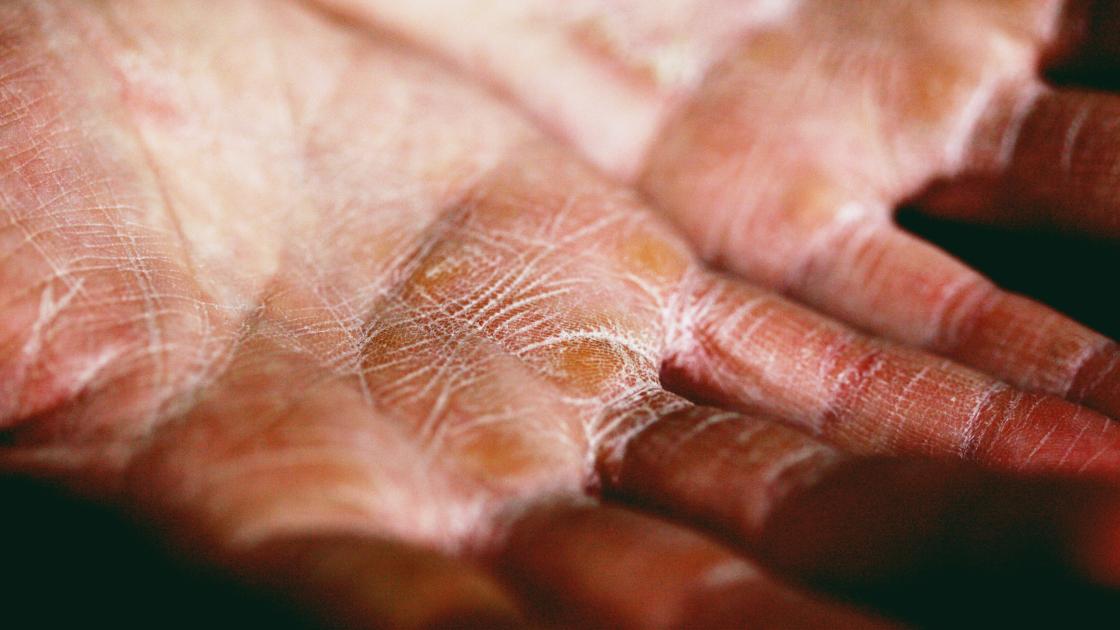
Same sun. Different shades. All at risk.
It’s a good time of year to shed some light on myths about sunscreen.
Myth: People of color do not need sunscreen.
Fact: Even though darker skin has more melanin, it can still burn and be damaged by sun exposure. The American Academy of Dermatology recommends an SPF of 30 or greater for adequate skin protection in all skin types.
Myth: People of color do not get skin cancer.
Fact: The truth is that while skin cancer is less common in those with skin of color, it is often more advanced and more aggressive by the time it is diagnosed. This means it is more difficult to treat and results in more deaths.
Everyone should take care of their skin in the sun and use sunscreen and other protective measures daily to safeguard against sunburn, wrinkles, age spots, dark spots and skin cancer.
Choosing the right sunscreen can be challenging. Here are five tips for selecting the perfect sunscreen for you.
Broad-Spectrum Protection:
Opt for a sunscreen labeled as "broad-spectrum," which protects against both UVA (associated with wrinkles, skin aging and cancer) and UVB (associated with sunburn) rays.
SPF:
SPF or "sun protection factor" tells you how well a sunscreen will protect you from the type of UV radiation that causes sunburn. A good rule of thumb: Choose a product with an SPF of at least 30. It's enough to block about 97% of harmful UVB.
Mineral or Chemical:
Chemical sunscreens contain chemicals—like avobenzone, oxybenzone, octocrylene, homosalate, octisalate and octinoxate—that act as sponges to absorb ultraviolet (UV) light. Mineral sunscreens contain minerals like zinc oxide or titanium dioxide that act as physical barriers and deflect UV light away. Individuals with more sensitive skin might choose a mineral sunscreen as it can be gentler on the skin, and tinted options are less likely to leave a white cast. Both types are effective, and the choice depends on personal preference.
Tinted Sunscreens:
Tinted sunscreens contain pigments, such as iron oxides that color the product and add another layer to your skin to block visible light. This kind of light is what the human eye sees, and it can damage your skin by creating free radicals, causing it to age faster and leading to hyperpigmentation (dark spots). Tinted sunscreen is ideal for darker skin tones because the tint shields against visible light, minimizes white cast, and prevents hyperpigmentation in skin of color.
Lotion vs. Spray:
Choose the sunscreen type that is most affordable for you and that you are most likely to use regularly. If you choose a spray-based sunscreen, rub it in thoroughly for adequate coverage.
Once you've selected your preferred sunscreen, apply about 15 minutes before going outside and reapply every two hours. Be sure to use enough—most adults need about 1 ounce (the amount in a shot glass) for full body coverage. Use it on all exposed skin. Don't forget areas like your ears, neck and feet! Apply more often if you sweat a lot. Wide-brimmed hats, breathable long-sleeved clothing and UV protective sunglasses can also safeguard your skin.
Make sun protection a priority, and your skin will reap the benefits for years. And remember to visit your physician if you notice any suspicious bumps or moles to avoid delaying diagnosis.
Co-author: Gautami Galpalli, Southern Illinois University School of Medicine, Class of 2025




